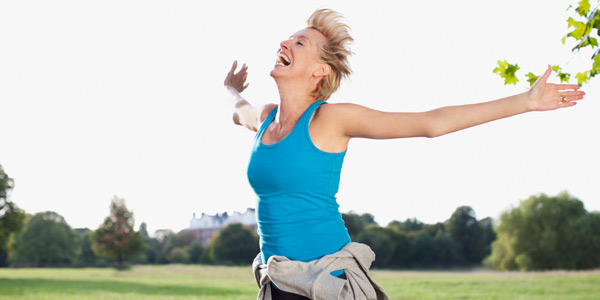
Rick Sharp, a professor of kinesiology, is testing the effectiveness of a combination of supplements and resistance training in older adults with low vitamin D levels. The trial is designed to build on previous studies, which show that the supplement HMB reduces muscle loss. HMB, or b-hydroxy-b-methylbutyrate, is a natural body building compound discovered by Iowa State researchers.
However, not everyone in those studies benefited equally from HMB and weight training, Sharp said. Researchers determined older adults who didn’t respond as well to the supplement had something in common — lower levels of vitamin D.
Sharp says lower vitamin D is common in climates in which people do not get year-round exposure to the sun. Both HMB and vitamin D are in foods we normally eat and available as supplements. The goal of the study is to see if vitamin D will improve response to HMB and resistance training, increasing muscle mass and strength.
“We know that sarcopenia is so predictable in older adults that anything we can do that slows down the progression and/or reverses it, is going to be effective,” Sharp said. “If all we were to do is prevent their muscle mass and function from dropping, we’ve already had a real positive impact. Even if it doesn’t improve by 10, 15, 20 percent, they’re not losing it and that’s just as good.”
No magic pill
Sharp stresses the importance of exercise and resistance training as we age. It’s not just aging that contributes to sarcopenia, he said, it’s aging and reduced activity. His research on vitamin D and HMB is intended to boost exercise results by providing appropriate nutritional support, not create a magic pill.
“There’s no substitute for physical activity. We have to stay physically active through the lifespan,” Sharp said. “We think nutrition is a key component in helping to ensure that older adults get a better response from exercise.”
To monitor response, some study participants will continue with their normal exercise and daily routine. Others will attend on-campus exercise sessions, designed and conducted by ISU researchers. Sharp says the workouts incorporate resistance bands and weight machines, and target all major muscle groups to improve balance and strength.
“As we get older our activities of daily living really depend on proper functioning of all those muscle groups working together,” Sharp said. “We’re really cognizant of the risk of falls with the older individuals. One way to reduce falls and injury from falls is to improve balance and coordination and the ability to catch yourself when you stumble. That requires good reaction time and the ability to generate the amount of force to catch yourself before you tumble.”
Participants still needed
These changes won’t happen overnight, which is why researchers will track each individual’s muscle mass and strength for a year. Sharp says it will take several years to complete the testing before he can analyze the results. A total of 160 participants — 80 men and 80 women — are needed for the study.
The study done by Iowa State University.